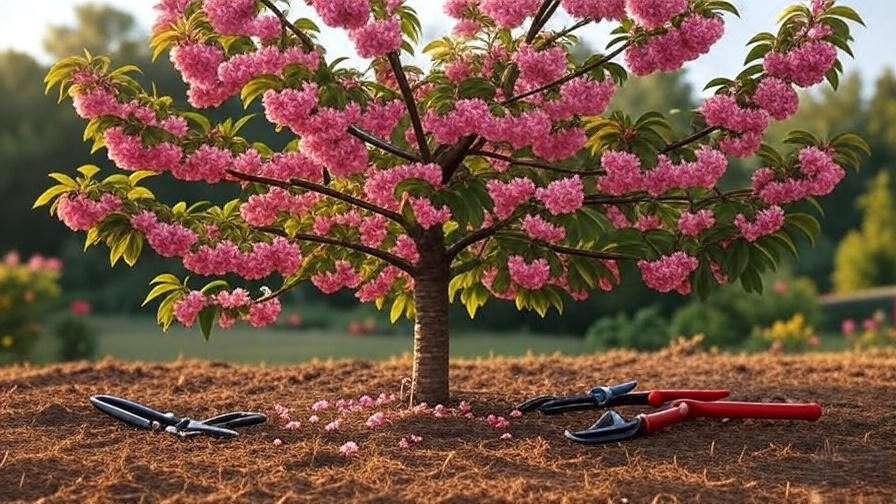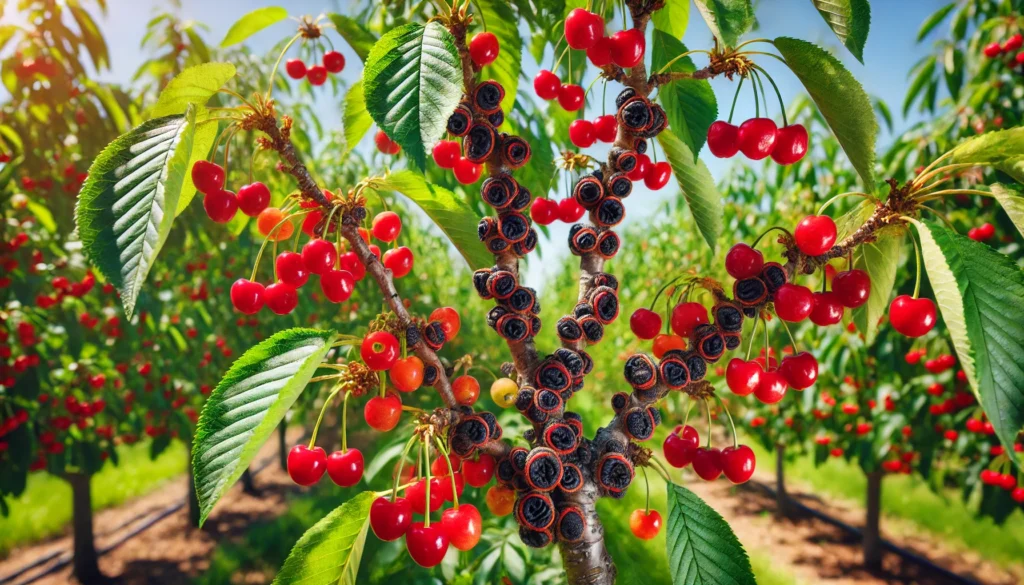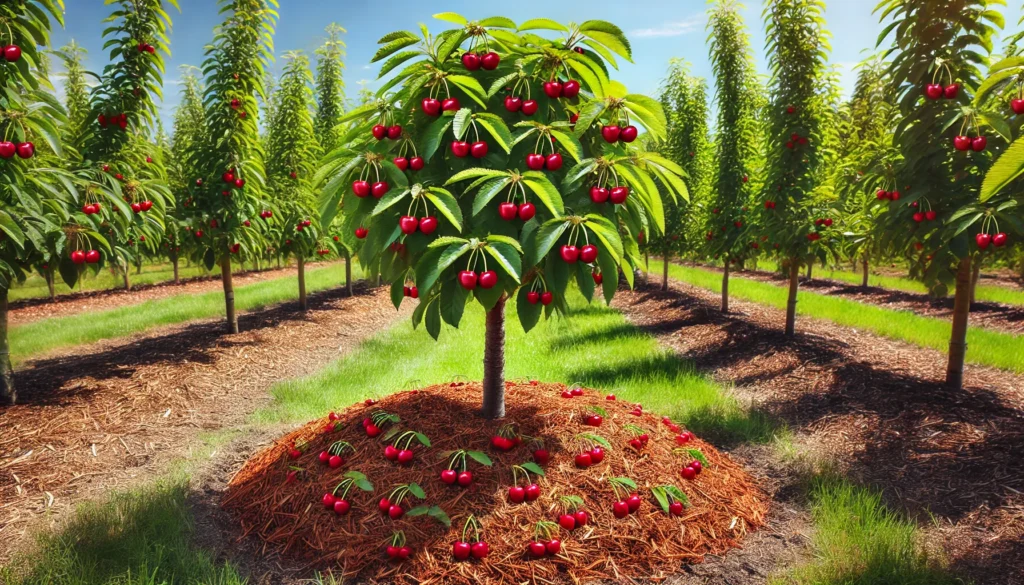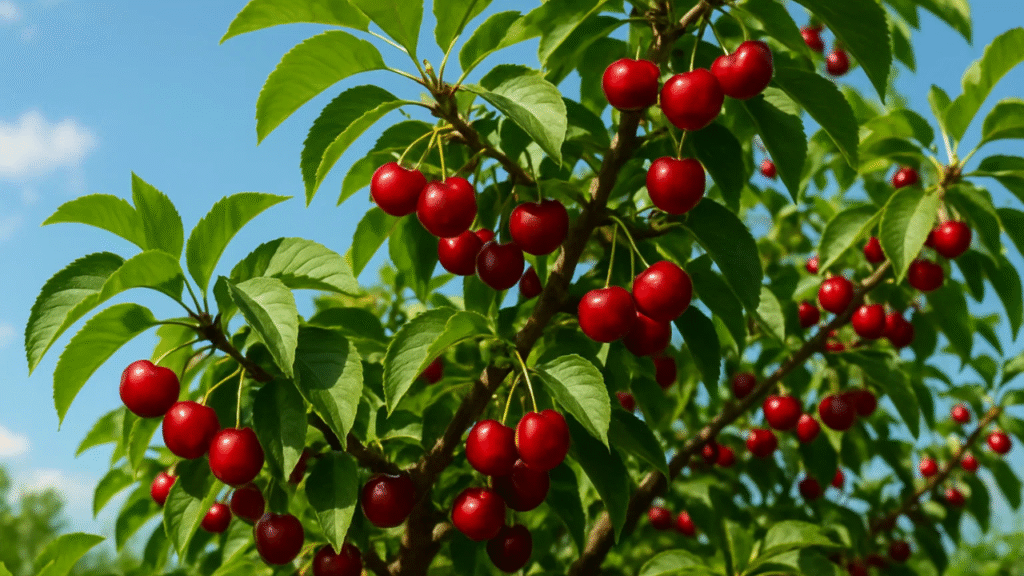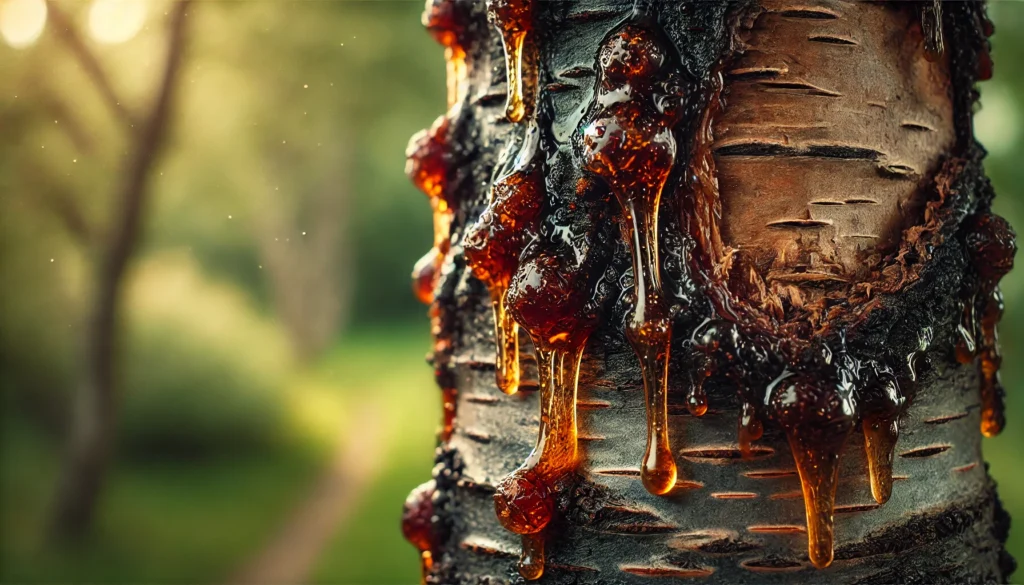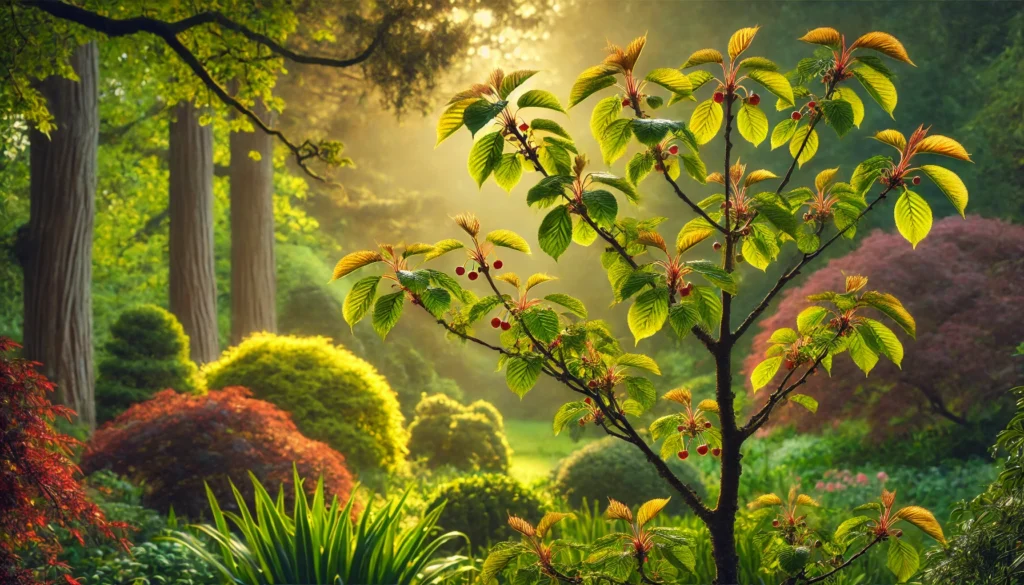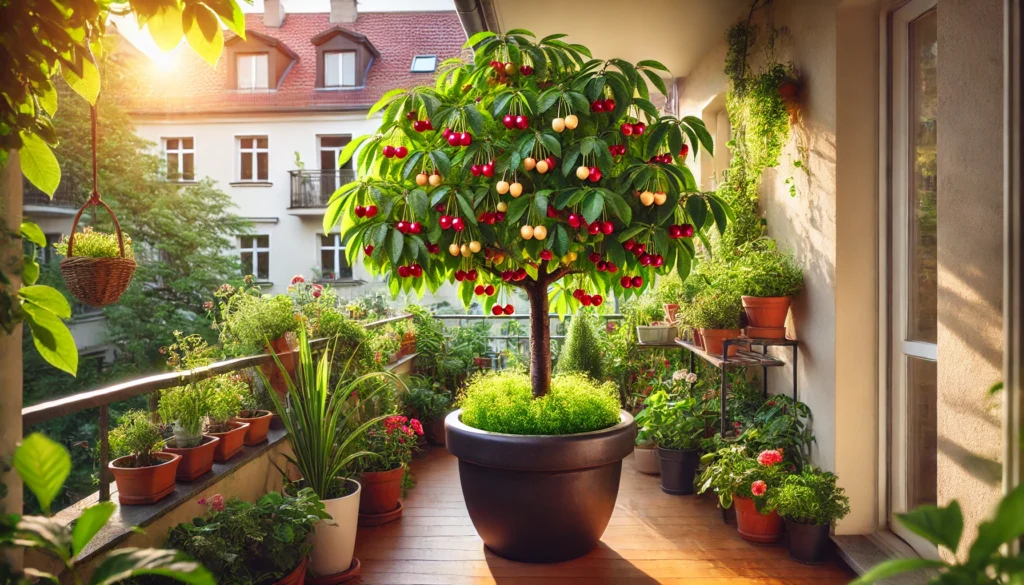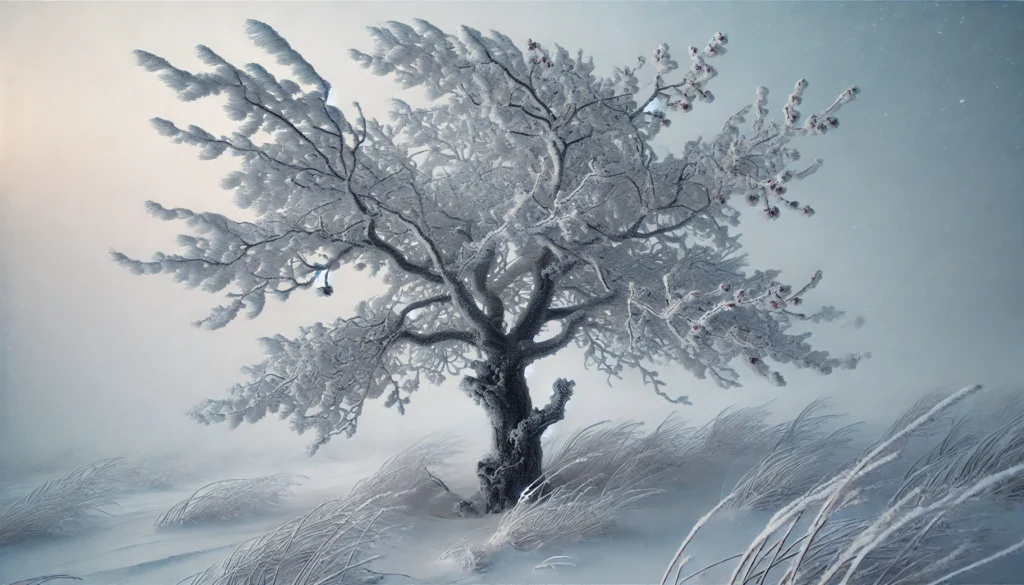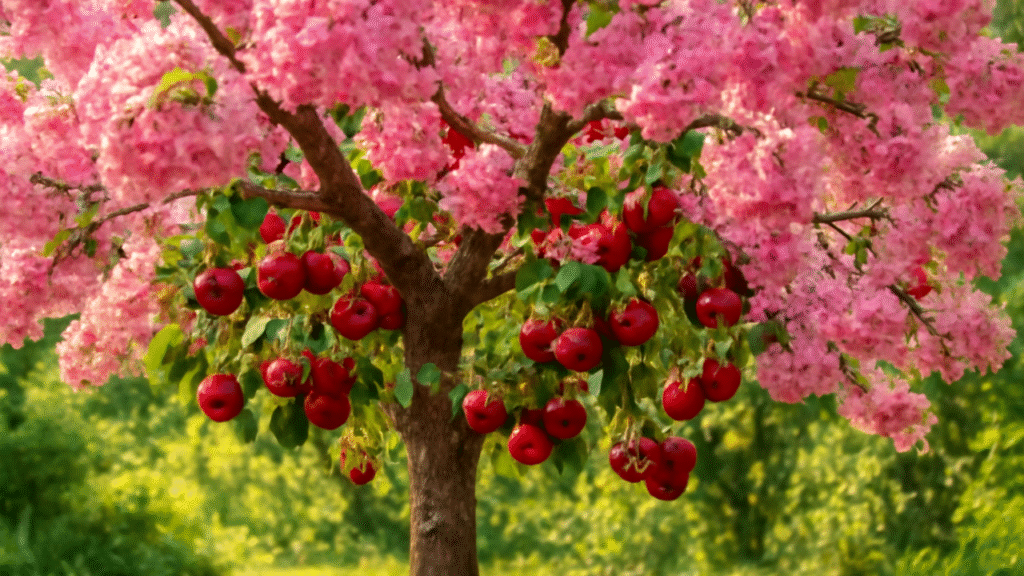Picture this: you’re standing in your garden, admiring your cherry tree’s delicate blossoms, dreaming of a bountiful harvest of juicy, ripe cherries. But when summer arrives, the fruit is sparse, the branches look weak, and your tree seems to struggle. What went wrong? Often, the culprit is improper pruning. Avoiding cherry tree pruning mistakes to avoid for healthy growth can make all the difference between a thriving tree and a disappointing yield. Pruning is an art and science that promotes vigorous growth, abundant fruit, and long-term tree health. Done wrong, it can stress your tree, invite diseases, or stunt its potential. In this comprehensive guide, we’ll uncover the seven most common pruning mistakes, share expert-backed solutions, and equip you with practical tips to ensure your cherry tree flourishes. Whether you’re a novice gardener or a seasoned grower, these insights will help you prune with confidence and grow a healthier, more productive tree. 🌱
Why Pruning Cherry Trees Matters 🍒
Pruning isn’t just about shaping your cherry tree—it’s a vital practice that directly impacts its health, fruit production, and longevity. Done correctly, it encourages strong branches, maximizes fruit quality, and keeps diseases at bay. Let’s explore why pruning is so critical and what happens when it’s done poorly.
The Role of Pruning in Cherry Tree Health
Pruning promotes air circulation and sunlight penetration, two essentials for a thriving cherry tree. By removing crowded or crossing branches, you reduce humidity within the canopy, which helps prevent fungal diseases like brown rot. Sunlight exposure also boosts photosynthesis, fueling robust growth and sweeter, healthier fruit. According to a study by Cornell University’s Cooperative Extension, proper pruning can increase fruit yield by up to 20% in cherry trees by optimizing branch structure. Additionally, pruning strengthens the tree’s framework, preventing branch breakage under the weight of heavy fruit loads. 🌞
The Risks of Improper Pruning
Mistakes in pruning can have lasting consequences. Over-pruning, for example, can shock the tree, leading to weak regrowth or reduced fruiting. Improper cuts may invite pests or diseases, such as bacterial canker, which thrives in poorly healed wounds. Neglecting to prune diseased branches can allow pathogens to spread, jeopardizing the entire tree. As Dr. Susan Brown, a pomologist at Cornell University, notes, “Pruning without knowledge is like surgery without training—it can do more harm than good.” Avoiding these risks starts with understanding the common mistakes and how to sidestep them. 🩺
Expert Tip: Always approach pruning with a clear plan and clean tools. A certified arborist recommends assessing your tree’s structure before making a single cut to ensure every snip supports its health.
Common Cherry Tree Pruning Mistakes to Avoid 🌳
Let’s dive into the seven critical pruning mistakes that can sabotage your cherry tree’s health and fruit production. Each section includes actionable advice to help you prune smarter and grow stronger trees.
Mistake 1: Pruning at the Wrong Time
Timing is everything when it comes to pruning cherry trees. Cutting at the wrong time can stress the tree or make it vulnerable to disease. The ideal time to prune is late winter or early spring, just before bud break, when the tree is dormant. This minimizes sap loss and allows wounds to heal quickly as growth resumes. Pruning in fall or during active growth (summer) can expose the tree to fungal infections like silver leaf disease, which enters through fresh cuts. For sweet cherries (e.g., Bing), aim for February to early March in most climates. Sour cherries (e.g., Montmorency) can tolerate slightly later pruning, up to early April.
Seasonal Pruning Calendar:
| Variety | Best Pruning Time | Notes |
| Sweet Cherries | Late Winter (Feb–Mar) | Avoid pruning after buds swell. |
| Sour Cherries | Early Spring (Mar–Apr) | Prune lightly to maintain shape. |
Solution: Check your local climate and tree variety. Use a gardening calendar or consult your local extension service to pinpoint the best pruning window. 🕰️
Mistake 2: Over-Pruning or “Topping” the Tree
Over-pruning, or “topping,” involves removing too much of the tree’s canopy, often in an attempt to control size. This mistake weakens the tree by reducing its ability to photosynthesize, leading to stunted growth and poor fruit production. Topping also triggers rapid, weak regrowth (called water sprouts), which is prone to breaking. As a rule, never remove more than 25% of the canopy in a single season. For example, a healthy cherry tree with a balanced structure might only need 10–15% of its branches pruned annually to maintain vigor.
Visual Example: A well-pruned cherry tree has an open, vase-like shape with evenly spaced branches. An over-pruned tree looks sparse, with excessive new shoots crowding the center.
Solution: Prune conservatively, focusing on thinning crowded areas and removing only what’s necessary. If size control is needed, use selective heading cuts to maintain structure without shocking the tree. ✂️
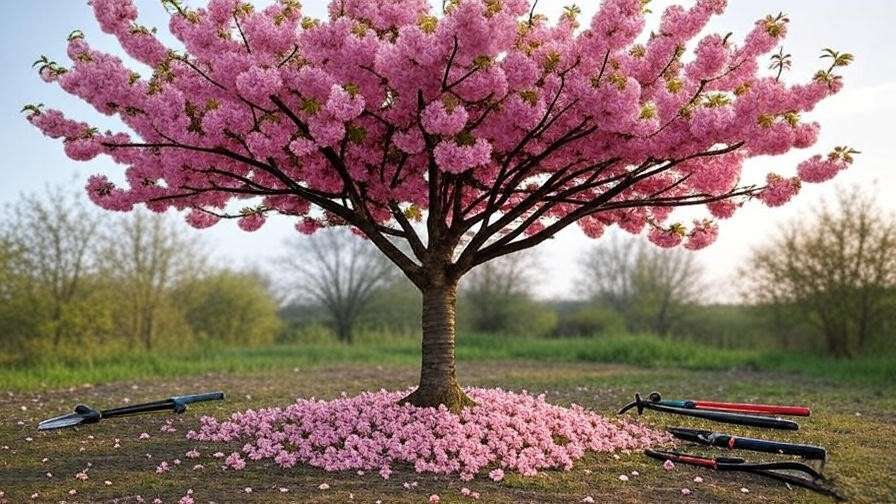
Mistake 3: Using Dull or Dirty Tools
Dull pruning tools create jagged cuts that heal poorly, increasing the risk of infection. Dirty tools can spread pathogens like bacterial canker, which is devastating for cherry trees. A study by the University of California found that unsanitized tools contributed to 30% of disease outbreaks in fruit orchards. Sharp, clean tools ensure smooth cuts that heal quickly and reduce stress on the tree.
Recommended Tools:
- Bypass Pruners: For small branches (up to ½ inch).
- Loppers: For medium branches (½ to 1½ inches).
- Pruning Saw: For larger branches (over 1½ inches).
- Cleaning Method: Wipe blades with 70% isopropyl alcohol between cuts.
Solution: Invest in high-quality, sharp tools and clean them before and after each use. Store tools in a dry place to prevent rust. 🧼
Mistake 4: Incorrect Cut Placement
Improper cut placement can lead to rot, pest infestations, or weak branch growth. Flush cuts (cutting too close to the trunk) remove the branch collar, a protective tissue that aids healing. Leaving stubs, on the other hand, creates dead wood that invites decay. The correct technique is to cut just outside the branch collar at a 45-degree angle, above an outward-facing bud.
Step-by-Step Guide for Clean Cuts:
- Identify the branch collar (a slight swelling where the branch meets the trunk).
- Locate an outward-facing bud to direct new growth.
- Cut at a 45-degree angle, ¼ inch above the bud, without damaging the collar.
- Check that the cut is smooth and clean.
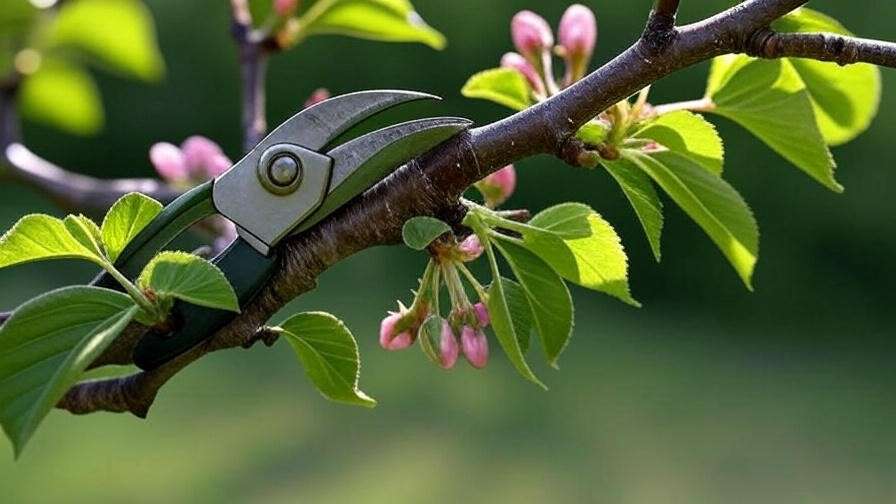
Solution: Practice on smaller branches first. Use a pruning guide or watch a tutorial from a trusted source like a university extension. 📏
Mistake 5: Ignoring Tree Age and Variety
Cherry trees have different pruning needs based on their age and variety, and overlooking these differences can hinder growth or fruit production. Young trees (1–3 years old) require formative pruning to establish a strong structure, such as an open-center or modified central leader shape. Mature trees (4+ years) need maintenance pruning to sustain fruiting and health. Additionally, sweet cherry varieties like Bing or Rainier grow more vigorously and require lighter pruning, while sour cherries like Montmorency are more compact and tolerate heavier cuts.
Pruning Needs by Variety and Age:
| Variety/Age | Pruning Focus | Key Tips |
| Young Sweet Cherries | Establish open structure, remove suckers | Focus on 3–4 main branches. |
| Mature Sweet Cherries | Thin crowded areas, maintain shape | Avoid heavy cuts to prevent stress. |
| Young Sour Cherries | Shape for compact growth | Encourage lateral branching. |
| Mature Sour Cherries | Remove old wood, promote new fruiting spurs | Prune up to 20% of canopy annually. |
Solution: Assess your tree’s age and variety before pruning. For young trees, focus on creating a balanced framework. For mature trees, prioritize thinning and rejuvenation. Check variety-specific guidelines from sources like your local cooperative extension. 🌳
Mistake 6: Neglecting Disease-Prone Branches
Failing to identify and remove diseased or damaged branches can allow pathogens to spread, threatening the entire tree. Cherry trees are susceptible to diseases like bacterial canker (Pseudomonas syringae) and brown rot (Monilinia fructicola), which often manifest as discolored, wilted, or gummied branches. Pruning these branches promptly prevents disease spread and promotes healthy growth. According to Washington State University’s Extension, early removal of infected wood can reduce disease incidence by up to 40%.
Signs of Diseased Branches:
- Discoloration: Blackened or brown leaves and bark.
- Gumming: Sticky sap oozing from wounds or cracks.
- Cankers: Sunken, discolored areas on branches or the trunk.
Solution: Inspect your tree regularly for signs of disease. Remove affected branches at least 6 inches below the infection, cutting back to healthy wood. Dispose of pruned material away from the tree to avoid reinfection. Sterilize tools after each cut to prevent spreading pathogens. 🩺
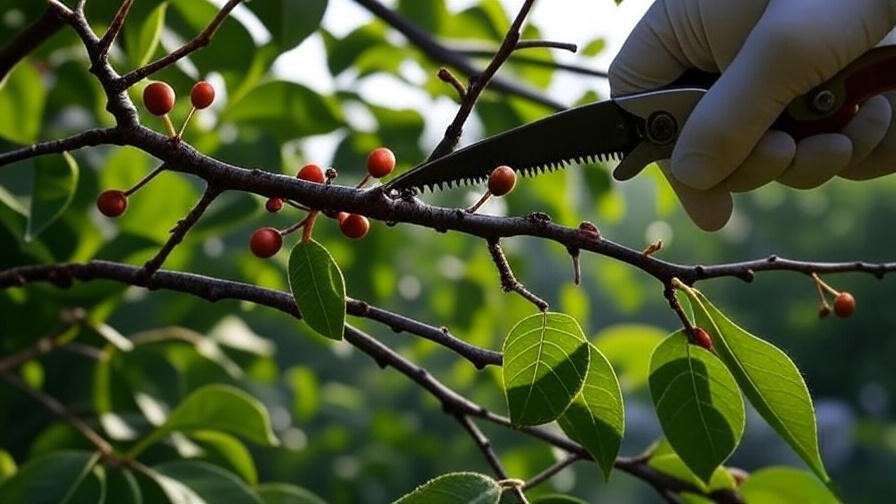
Mistake 7: Pruning Without a Plan
Pruning without a clear strategy can lead to uneven cuts, unbalanced growth, or missed opportunities to improve tree health. A haphazard approach often results in removing healthy branches or neglecting problem areas, which can weaken the tree’s structure. Before pruning, assess the tree’s shape, identify dead or crossing branches, and set goals for improving air circulation and fruit production.
Pruning Checklist:
- Assess: Walk around the tree to identify dead, damaged, or crowded branches.
- Prioritize: Remove dead wood first, followed by crossing or inward-growing branches.
- Shape: Aim for an open, balanced canopy to maximize light and air.
- Limit: Remove no more than 25% of the canopy to avoid stress.
Solution: Create a pruning plan based on your tree’s needs. Sketch the tree’s structure or take photos to guide your cuts. For complex cases, consult a certified arborist or use resources like the USDA’s pruning guides. 📝
Best Practices for Pruning Cherry Trees Like a Pro 🌟
Now that you know what to avoid, let’s explore how to prune cherry trees effectively. These best practices will help you achieve a healthy, productive tree with minimal stress.
Step-by-Step Pruning Guide
Follow this beginner-friendly process to prune your cherry tree with confidence:
- Gather Tools: Use sharp, sanitized bypass pruners, loppers, and a pruning saw.
- Assess the Tree: Identify dead, damaged, or crossing branches.
- Start with Dead Wood: Remove all dead or diseased branches first, cutting back to healthy wood.
- Thin Crowded Areas: Remove inward-growing or crossing branches to improve air circulation.
- Shape the Canopy: Maintain an open, vase-like structure for sweet cherries or a bushier shape for sour cherries.
- Make Clean Cuts: Cut at a 45-degree angle just above an outward-facing bud.
- Clean Up: Dispose of pruned branches and sterilize tools to prevent disease spread.
Solution: Practice this process annually, adjusting based on your tree’s age and variety. For visual learners, watch a pruning tutorial from a trusted source like Oregon State University’s Extension Service. 📹
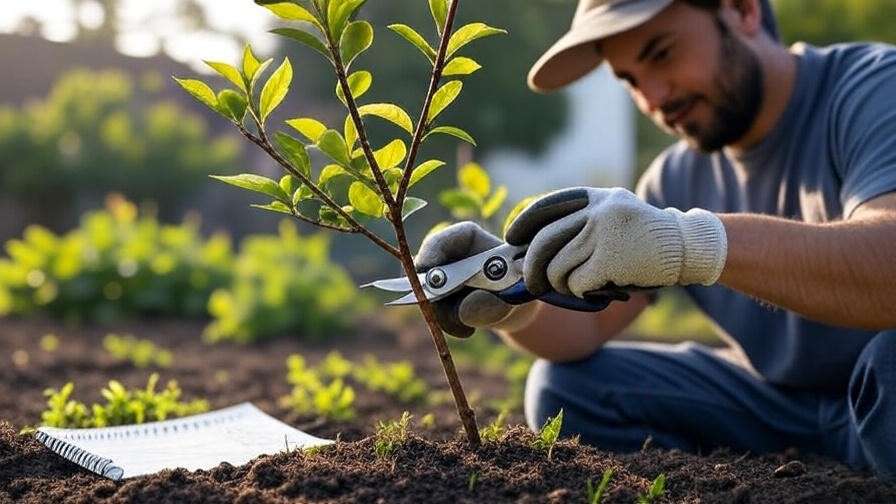
Tools You’ll Need for Success
High-quality tools make pruning easier and safer. Here’s what you need:
- Bypass Pruners ($20–$50): Ideal for small branches; choose ergonomic models for comfort.
- Loppers ($30–$70): For medium branches; look for extendable handles for hard-to-reach areas.
- Pruning Saw ($25–$60): For larger branches; select a curved blade for precision.
- Gloves and Safety Glasses ($10–$20): Protect your hands and eyes from debris.
Solution: Invest in durable, sharp tools from reputable brands like Felco or Fiskars. Maintain them by sharpening blades regularly and storing them in a dry place. 🛠️
Timing and Frequency Tips
Prune cherry trees annually during late winter or early spring for maintenance. Young trees may need light pruning twice a year to establish shape. In colder climates (e.g., USDA Zones 4–5), prune earlier to avoid frost damage. In warmer zones (e.g., Zones 6–8), you may have a slightly longer pruning window. Avoid heavy pruning every year—alternate between light maintenance and more intensive shaping every 2–3 years.
Solution: Create a pruning schedule based on your climate and tree’s needs. Check local weather patterns to time cuts before bud break. 🌡️
Expert Insight: Dr. Gregory Lang, a pomologist at Michigan State University, advises, “Balance is key in pruning cherry trees. Remove just enough to promote health without sacrificing fruiting potential.” 🌸
How to Spot and Fix Pruning Mistakes 🛠️
Even with the best intentions, pruning errors can happen. Here’s how to recognize and correct them to restore your cherry tree’s health.
Signs Your Cherry Tree Was Pruned Incorrectly
Look for these symptoms of pruning mistakes:
- Excessive Suckering: Rapid, weak shoots (water sprouts) indicate over-pruning or topping.
- Weak Growth: Sparse leaves or small fruit suggest the tree is stressed from improper cuts.
- Reduced Fruiting: Fewer cherries may result from removing too many fruiting spurs.
- Disease Symptoms: Gumming, cankers, or wilting branches point to infection from dirty tools or poor cut placement.
Solution: Monitor your tree’s growth after pruning. If you notice these signs, take corrective action promptly to prevent long-term damage. 🔍
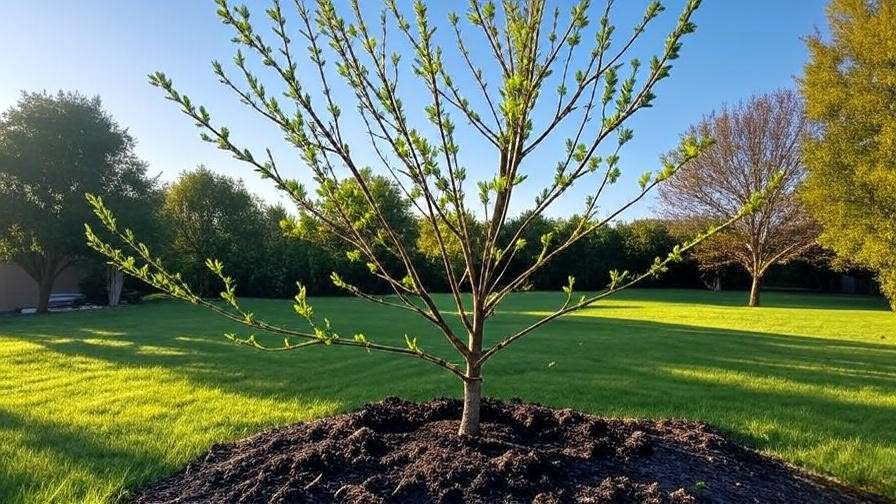
Corrective Pruning Techniques
To fix pruning mistakes:
- Over-Pruning: Thin out water sprouts gradually over 1–2 seasons to restore balance. Avoid heavy pruning until the tree recovers.
- Improper Cuts: Remove stubs or damaged tissue by making clean cuts at the branch collar. Monitor for signs of healing.
- Disease Spread: Cut back infected branches 6–12 inches below the affected area and dispose of debris properly.
- Unbalanced Shape: Gradually reshape the canopy over multiple seasons, focusing on thinning and redirecting growth.
Case Study: A gardener in Oregon noticed their Bing cherry tree produced fewer fruits after heavy pruning. By switching to light, annual maintenance pruning and removing water sprouts, they restored the tree’s health, achieving a 30% increase in yield within two years. 🌟ទ
Solution: Be patient with corrective pruning, as recovery can take time. If the damage is severe, consult a local arborist for professional help. 🌳
FAQs About Cherry Tree Pruning ❓
Can I prune my cherry tree in summer?
Summer pruning is risky, as fresh cuts can attract diseases like silver leaf. However, removing dead or damaged wood is safe year-round with clean tools. Reserve major pruning for late winter or early spring.
How do I know if I’m over-pruning?
Signs include excessive water sprouts, sparse foliage, or reduced fruiting. Stick to removing no more than 25% of the canopy annually, and focus on thinning rather than heavy cutting.
Do sweet and sour cherry trees need different pruning?
Yes. Sweet cherries need lighter pruning to maintain their vigorous growth, while sour cherries tolerate heavier cuts to encourage fruiting spurs. Check variety-specific guidelines for best results.
What should I do if my tree shows signs of disease after pruning?
Identify symptoms like gumming or cankers. Remove affected branches well below the infection, sterilize tools, and apply a tree wound sealant if recommended by your local extension. Consult an arborist if the issue persists.
Conclusion 🌸
Pruning your cherry tree correctly is essential for its health, beauty, and fruit production. By avoiding the seven common cherry tree pruning mistakes to avoid for healthy growth—wrong timing, over-pruning, using dull or dirty tools, incorrect cuts, ignoring tree age and variety, neglecting disease, and pruning without a plan—you can ensure your tree thrives for years. Follow our expert-backed best practices, use the right tools, and monitor your tree’s health to catch and fix mistakes early. With these tips, you’re ready to prune like a pro and enjoy abundant, juicy cherries. Share your pruning experiences in the comments or reach out for personalized advice—let’s grow your healthiest cherry tree yet! 🍒

